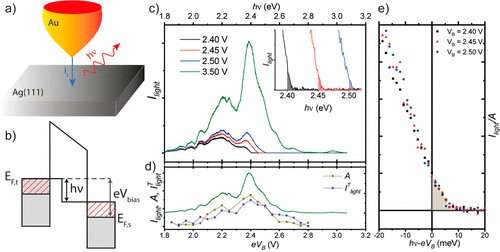It is well known that an electric current increases
the temperature of the material through which it is conducted due
to the so-called Joule effect. This effect, which is used daily in
domestic and industrial heaters, hair dryers, thermal fuses, etc.,
occurs because the new electrons injected into the material cannot
go to the lower energy states because those are already occupied by
the electrons of the material and therefore they must start their
journey with relatively high energies. These electrons are called
hot carriers. However, as they move through the material, hot
carriers lose energy through collisions with other electrons and
atoms in the solid. The process by which this lost energy is
translated into thermal energy and, therefore, into an increase in
temperature, is known as thermalisation of hot
carriers.



